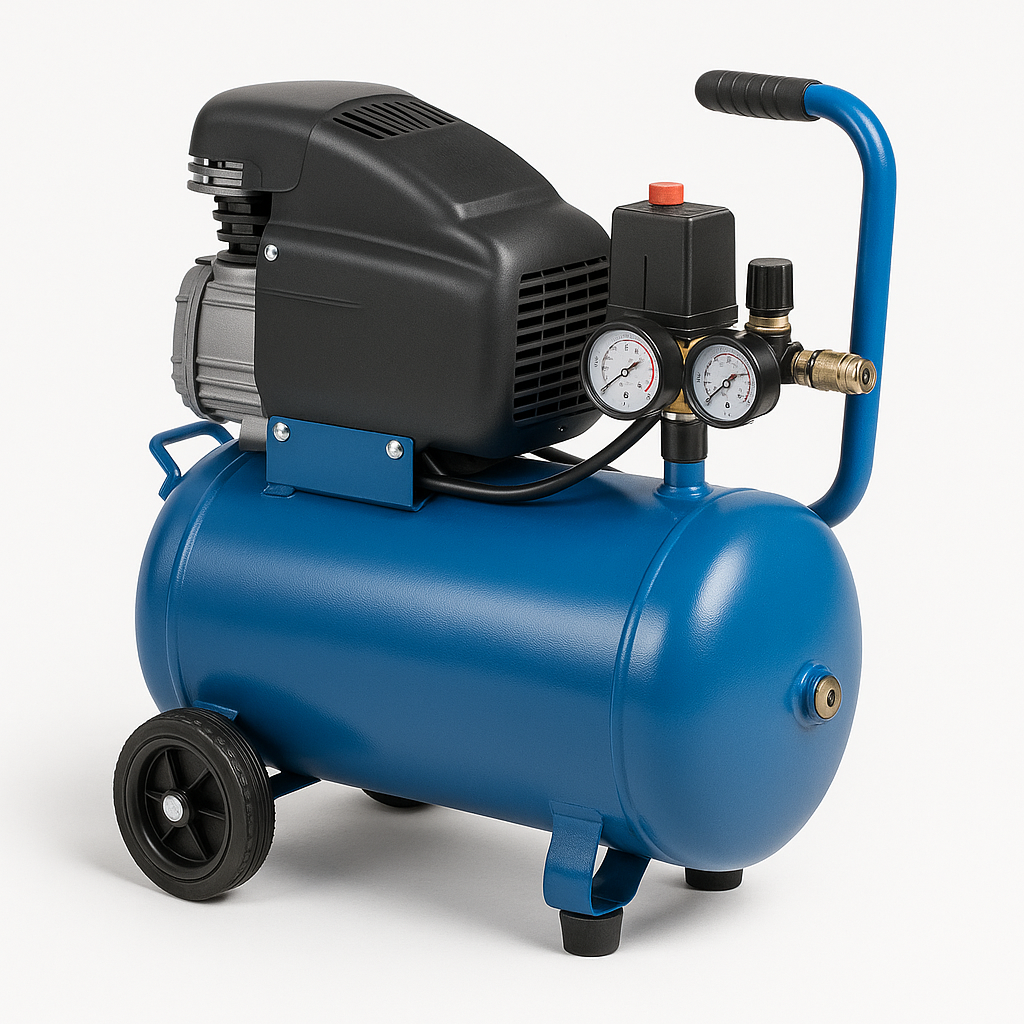Comprehensive Review of 150mm Orbital Sanders: Performance, Testing and Insights
In the realm of woodworking and home improvement, having the right tools can substantially enhance the quality of work and the speed at which tasks are completed. One such indispensable tool is the orbital sander. Amongst numerous models available, the 150mm orbital sander sticks out for its versatility and efficiency. This post will look into a thorough test of different 150mm orbital sanders, offering insights into their features, capabilities, and general effectiveness.
Why Choose a 150mm Orbital Sander?
A 150mm (6-inch) orbital sander is ideal for both professional tradespeople and DIY lovers searching for a tool that strikes a balance in between size and efficiency. Here are some reasons why this particular size is favored:
- Versatility: Suitable for numerous sanding tasks, including completing wood surface areas, removing paint, and raveling rough edges.
- Efficiency: Larger sanding discs cover more area, meaning less time invested in each project.
- Control: The 150mm size permits for more exact sanding, specifically in tighter areas.
Testing Criteria for 150mm Orbital Sanders
To make sure a detailed examination, the following criteria were utilized to test each orbital sander:
- Sanding Efficiency: How quickly and efficiently the sander gets rid of product.
- Reduce of Use: Consideration of weight, ease of handling, and ergonomics.
- Dust Collection: Effectiveness of the dust collection system in keeping the workspace clean.
- Sound Level: Assessment of operating noise throughout use.
- Develop Quality: Material quality and resilience of the sander.
- Price Point: Overall worth for cash in relation to performance and functions.
Below is a summary of the test results of several popular models in the classification of 150mm orbital sanders:
| Model | Sanding Efficiency | Alleviate of Use | Dust Collection | Sound Level | Construct Quality | Price Point |
|---|---|---|---|---|---|---|
| Model A (Brand X) | Excellent | 4/5 | Excellent | Moderate | High | ₤ 99 |
| Model B (Brand Y) | Good | 5/5 | Exceptional | Low | Medium | ₤ 79 |
| Design C (Brand Z) | Fair | 3/5 | Poor | High | Low | ₤ 49 |
| Model D (Brand A) | Very Good | 4/5 | Good | Moderate | High | ₤ 89 |
| Model E (Brand B) | Excellent | 5/5 | Moderate | Low | Medium | ₤ 69 |
Analysis of Test Results
1. Sanding Efficiency
Design A became the top entertainer, quickly sanding both soft and woods with very little effort. Exzenterschleifer Kaufen and Model B closely followed, offering remarkable results that agree well with their price point. Nevertheless, Model C had a hard time, revealing significantly slower material removal, which negatively affected its general desirability.
2. Alleviate of Use
User feedback highlighted Model B as the most comfy system due to its lightweight style and ergonomic deal with. Exzenterschleifer Kaufen and D also got appreciation for their handling, making prolonged use less strenuous. Nevertheless, Model C's bulkiness detracted from user experience, particularly among novices.
3. Dust Collection
While every design had a dust collection function, Model B surpassed the competitors by preserving a tidy work area, thanks to its remarkable vacuuming system. Dust collection is vital in ensuring that users can see their work quality and reduces the threat of respiratory concerns connected to dust inhalation.
4. Sound Level
If a quieter operation is a concern, Models B and E are chosen choices, producing less noise compared to the others. Woodworkers typically work for extended durations, and lower sound levels contribute to a better environment.
5. Develop Quality
Durability matters, particularly if the sander will be used routinely or as needed tasks. Designs A and D showcased high-quality products and robust designs, placed well for the rigors of frequent use. On The Other Hand, Model C fell short, including a less long lasting design that triggered concerns over long-term efficiency.
6. Price Point
Budget-conscious buyers will appreciate that Model C is the most affordable option readily available. However, its substandard efficiency may trigger factor to consider to invest somewhat more in Models B or E, both of which offer strong worth at an affordable price.
Regularly Asked Questions (FAQ)
What is an orbital sander?
An orbital sander is a power tool used for smoothing surface areas by abrasion with sandpaper. It works in a circular movement, for this reason the term "orbital," permitting a finer surface than standard sanders.
How do I select the ideal orbital sander for my requirements?
Consider the projects you will undertake, frequency of usage, and desired finish. Try to find features like variable speed, effective dust collection, and weight balanced for ease of handling.
Can I utilize a 150mm orbital sander on drywall?
While developed mainly for wood surface areas, a 150mm orbital sander can be adjusted for use on drywall with the best sandpaper. However, be conscious of the threat of damaging the surface area if not utilized correctly.
What types of sandpaper can be utilized with a 150mm orbital sander?
Many 150mm orbital sanders accommodate hook-and-loop sandpaper, readily available in varying grit levels (from coarse to fine) for various sanding tasks.
How frequently should I change the sandpaper?
The frequency of sandpaper replacement depends on the material being sanded and the amount of use. Generally, inspect the sandpaper after each usage; if it appears used or clogged up, change it for ideal performance.
The 150mm orbital sander proves itself to be an important tool for achieving high-quality finishes in woodworking and handcrafting tasks. The test conducted on numerous models illustrates that performance, use, and cost elements need to all be considered to make a notified choice. Designs B and E seem to offer the finest balance of efficiency, ease of use, and value for cash, making them ideal options for the majority of users. Eventually, the right sander for any individual will depend upon particular needs, choices, and budget plan.

